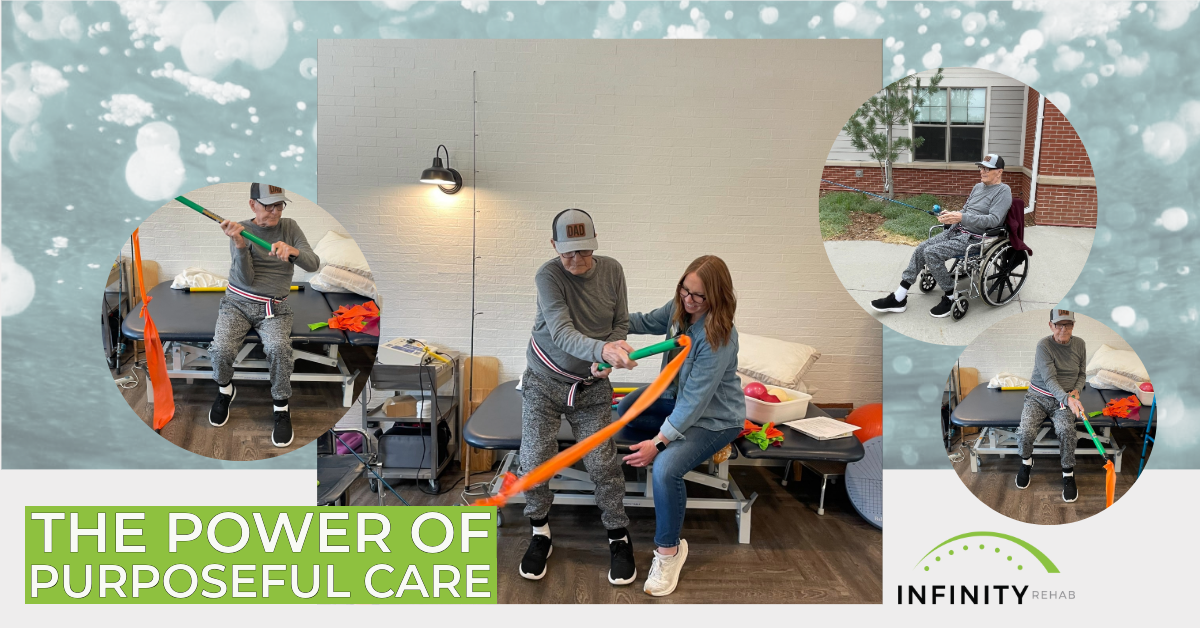The transformation from volume to value-based health care is happening at an amazingly fast pace. Consider these facts as evidence.
In 2014, Medicare paid providers and physicians $362 billion in the traditional, non-Medicare Advantage program. Earlier this year, HHS Secretary Burwell articulated bold goals of having 85% of all Medicare fee-for-service payments tied to quality or value by 2016, and 90% by 2018. Even more significantly, their goal is to have 30% of Medicare payments tied to quality or value through alternative payment models such as accountable care organizations (ACO), medical homes, and bundled payment arrangements by the end of 2016, and 50% of payments by the end of 2018.
What makes this even more incredible is that as recently as 2011, Medicare made virtually NO payments through models other than the traditional fee-for-service. Today, such payments represent 20% of the program’s reimbursements, according to HHS.
Here are more statistics supporting the velocity of health care reform:
- In 2014, 40% of all commercial in-network payments, and 24% of outpatient Primary Care Physician payment were either tied to performance or designed to cut waste. In 2013, those percentages were 10.9% and 11%, respectively.
- In 2014, more than 24 million Blue Cross/Blue Shield members were receiving care through value-based programs such as ACOs, patient-centered medical homes, pay-for-performance programs, and episode-based payment programs.
- Medicare has begun penalizing practices for not providing quality data, including 1.5% of their Medicare reimbursements for 2015. For 2016, the penalty increases to 2%.
- According to a report in the March issue of JAMA, 42% of re-hospitalizations for sepsis were preventable.
- In another recent JAMA report, researchers stated that nearly all unplanned readmissions after surgery were associated with new postoperative complications that surface after discharge. The most common reasons for unplanned readmission were surgical site infection (19.5%) and obstruction (10.3%).
- Hospital admissions have decreased 125.9% since 1946. Admissions peaked in 1981.
- There were 1,000 less hospitals in 2013 compared to 1981.
- Average daily hospital census is nearly half of what it was in 1946.
- In 2011, Medicare per capita spending peaked at age 98 for skilled nursing facility.
- In 2012, the top 1% of the population ranked by their health care expenses accounted for 22.7% of total health care expenditures. The top 5% of the population accounted for 50% of total expenditures.
To me, these statistics only serve to underscore the importance and urgency Infinity is placing on moving the delivery of therapy services away from a focus on fee-for-service to one predicated on clinical outcomes, evidence-based practice, patient satisfaction, and overall value.
Regards,
Mike Billings
President, Infinity Rehab






